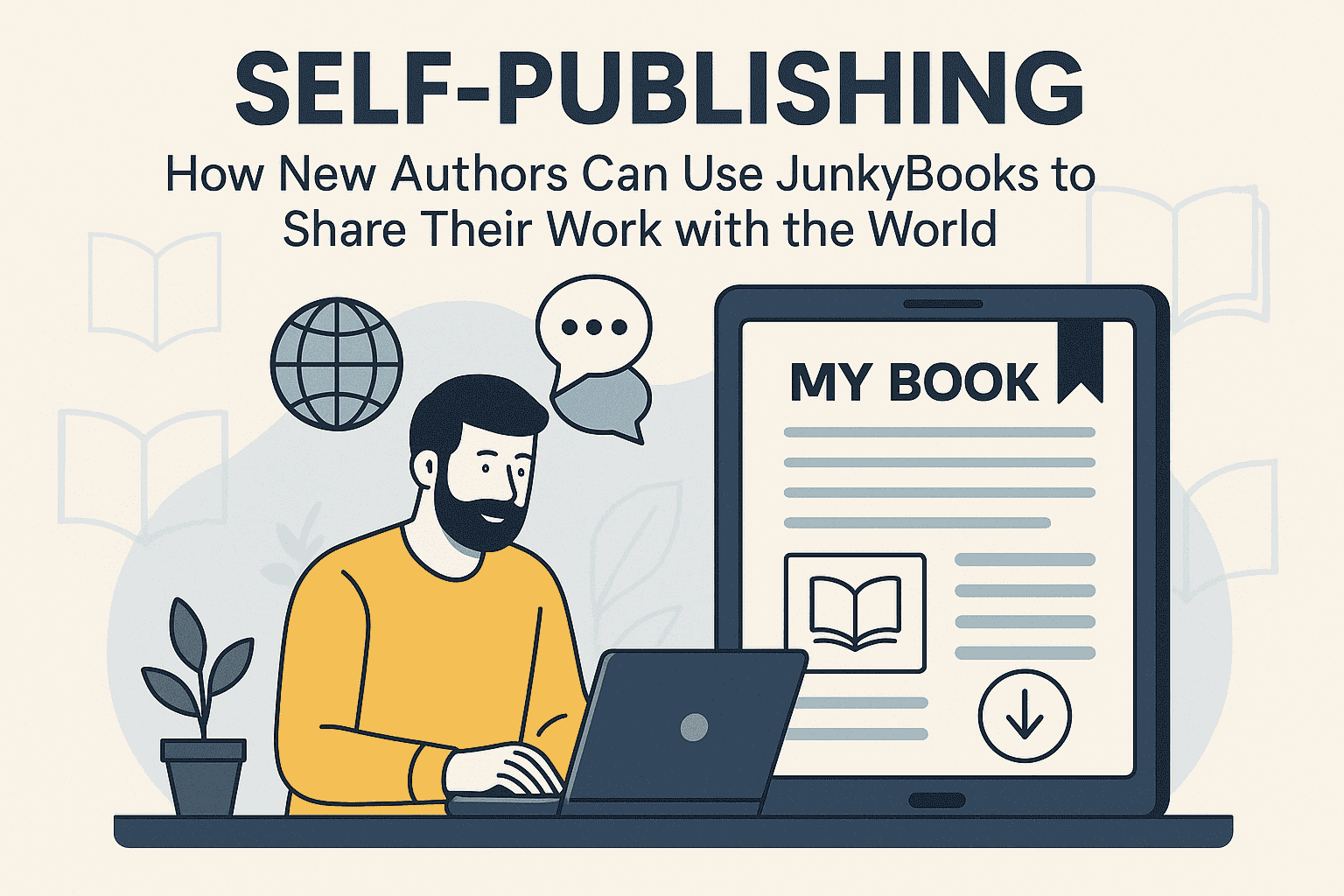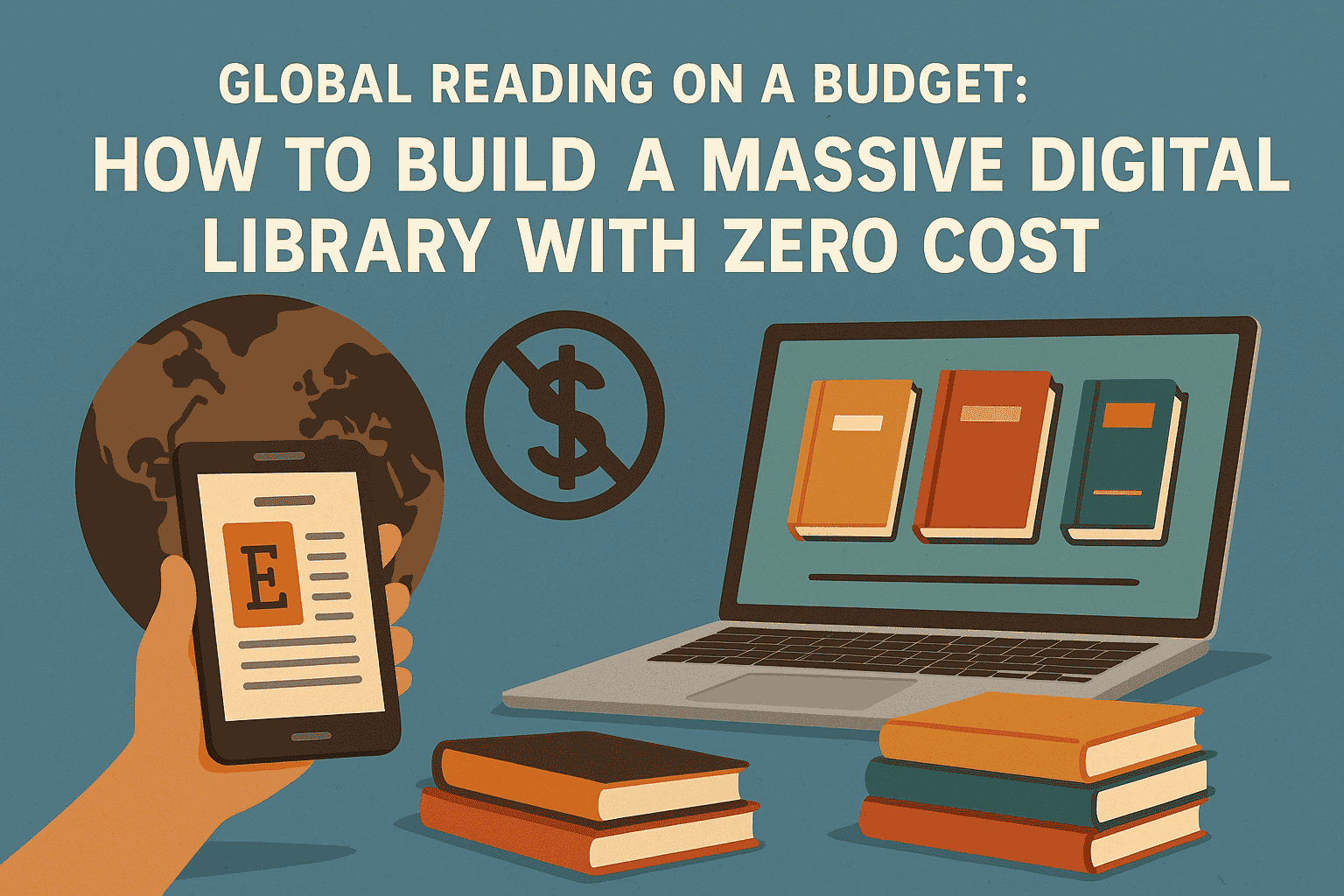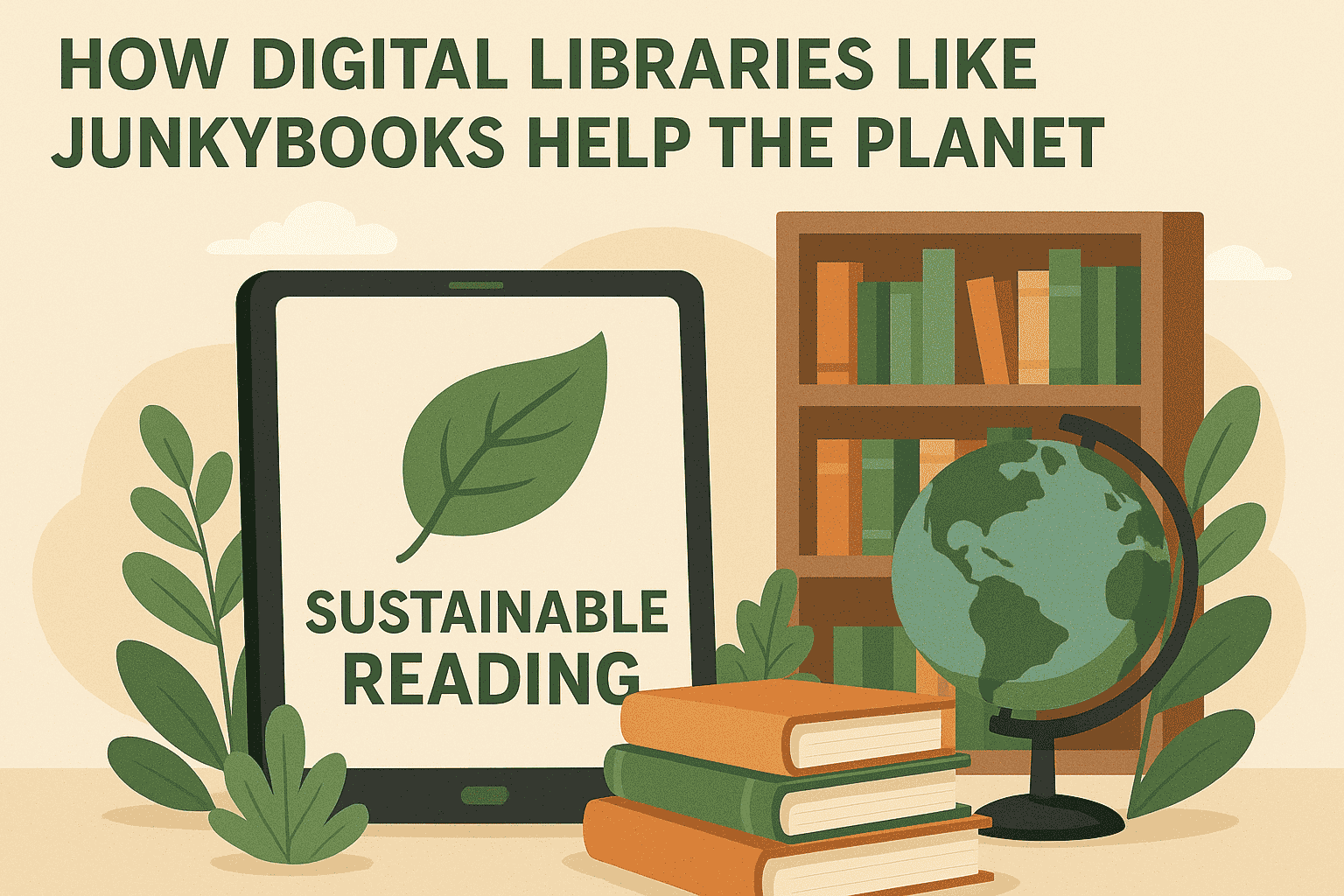Comparing Business Literature and Business Case Studies: Where Do They Meet?
In the world of business education and inspiration, two powerful tools often stand out: business literature and business case studies. One is creative, sometimes fictional, and emotionally driven. The other is structured, factual, and analytical.
At first glance, these two forms of business writing seem to serve entirely different purposes. However, the closer we look, the more we realize how these two genres meet at a fascinating intersection—where narrative meets strategy, and emotion complements logic.
At Junkybooks, where we celebrate the intellectual power of both fiction and nonfiction, we’ve often asked: where exactly do business literature and business case studies overlap? What can entrepreneurs, students, and professionals gain by reading both?
Understanding the Core of Business Literature
Business literature is a broad category. It includes business-themed novels, entrepreneur memoirs, leadership books, and even philosophical texts that explore the ethics and culture of capitalism. These works are often narrative-driven, focusing on characters, challenges, and emotional journeys.
Books like Atlas Shrugged by Ayn Rand or The Devil Wears Prada by Lauren Weisberger tell stories that revolve around power, leadership, innovation, and organizational culture. Though fictional, they present relatable business scenarios—whether it's navigating office politics, dealing with ethical dilemmas, or making visionary decisions. These novels immerse readers in a world where human motivations, societal forces, and business ambitions collide.
Business literature, particularly fiction, doesn't always aim to teach—it aims to provoke thought, spark imagination, and raise questions. And that’s precisely where its strength lies. It allows readers to emotionally engage with the consequences of leadership, competition, and innovation.
The Purpose of Business Case Studies
On the other end of the spectrum are business case studies. Found in business schools and executive training programs, these studies present real-world problems and decisions faced by companies. They are structured to encourage analysis, critical thinking, and problem-solving.
A typical case study includes company background, financial data, industry context, a challenge or decision point, and usually a few alternative courses of action. Readers are invited to step into the shoes of executives and figure out what to do next. It’s less about what happened and more about what should happen.
Famous case studies—like Harvard’s deep dives into Apple, Uber, or Tesla—focus on strategic pivots, marketing campaigns, leadership transitions, or global expansion. They are data-rich, objective, and designed to simulate real-life boardroom decisions.
Where Business Literature and Case Studies Align
While the forms are different, the goal is often the same: to explore the human, strategic, and ethical dimensions of business. The overlap lies in the questions both genres ask. What drives successful leadership? How should businesses navigate moral dilemmas? What happens when ambition clashes with ethics?
In business novels, we may see a fictional CEO struggling with a hostile takeover. In a case study, we might analyze how an actual CEO managed a merger. Both scenarios challenge us to understand consequences and explore alternative actions. Fiction engages the heart; case studies engage the mind. Together, they create a holistic view of business thinking.
At Junkybooks, we’ve seen how readers who engage with both formats become better thinkers and more empathetic leaders. They learn to analyze numbers and interpret emotions—an essential combination in today's complex business world.
Emotion vs. Data: Complementary Strengths
One of the clearest distinctions between business literature and case studies is how they handle emotion. Fictional business literature excels at exploring the emotional lives of its characters. Readers learn what a high-pressure decision feels like. They witness the psychological toll of leadership, the loneliness of success, or the paralysis of ethical conflict.
Case studies, meanwhile, strip emotion from the page. They offer facts, numbers, and context. If emotions are mentioned, they’re usually described from a distance. But that doesn’t mean case studies ignore emotion—it just means they leave the emotional analysis up to the reader.
By reading both, entrepreneurs and students learn to balance gut instinct with analytical thinking. For example, understanding Steve Jobs' leadership style from a case study can be supplemented by reading a novel that portrays a similarly obsessive, perfectionist character. The insights gained from both sources create a fuller picture of leadership.
Teaching and Learning: A Dual Approach
Business schools are increasingly recognizing the value of both formats. While case studies remain the gold standard for structured learning, many educators incorporate novels and biographies into their curriculum to spark deeper discussion.
Courses on leadership might pair a case study on General Electric’s restructuring with reading Barbarians at the Gate, the nonfiction narrative of the RJR Nabisco buyout. Management classes may combine analysis of company performance with novels like Then We Came to the End by Joshua Ferris, which humanizes the lives of everyday office workers in a struggling ad agency.
This dual approach helps students and professionals alike build both IQ and EQ—the intelligence quotient and emotional intelligence so crucial in today’s workplace. Case studies teach what to do. Literature teaches how it feels.
Business Literature as Informal Case Studies
Interestingly, many novels and business memoirs function as informal case studies. Consider Phil Knight’s Shoe Dog or Howard Schultz’s Pour Your Heart Into It. These memoirs are narrative in form but are filled with real decisions, financial stakes, and strategic pivots. Readers can extract lessons in branding, supply chain management, and leadership without being told, “Here’s the case study.”
In fact, these books often offer richer learning because they include the internal monologue—the fear, doubt, and motivation behind major decisions. It’s something traditional case studies often lack.
Similarly, fictional stories can function as allegories or simulations. The Goal by Eliyahu M. Goldratt is a novel that teaches operational efficiency through a storyline. It’s both engaging and educational—blurring the lines between case study and literature.
Which is More Effective for Entrepreneurs?
The answer isn’t one or the other—it’s both. Case studies provide real-world grounding, helping entrepreneurs analyze decisions based on evidence and frameworks. Business literature, especially novels, helps them tap into creativity, empathy, and long-term vision.
At Junkybooks, we recommend pairing readings for entrepreneurs: for every case study you read, choose a novel or memoir that explores a similar theme. If you’re reading a case about scaling a company, pair it with a story about founder burnout. If you’re analyzing marketing strategy, complement it with a novel that explores branding through character-driven narrative.
This kind of balanced reading helps entrepreneurs anticipate challenges, communicate better, and lead more authentically. It’s not just about knowing the answer—it’s about understanding the people behind the question.
Literature and Case Studies in the Digital Age
As digital platforms expand access to both business literature and case studies, the potential for cross-learning has never been greater. Platforms like Harvard Business Review, LinkedIn Learning, and of course, Junkybooks, allow readers to build customized learning paths that include both formats.
There’s also a rise in multimedia storytelling—podcasts, business dramas, and interactive case studies that combine real data with narrative flow. This hybrid form is perhaps the future of business education, blending the best of both worlds.
Conclusion: The Meeting Point of Mind and Imagination
Business literature and business case studies may take different paths, but they often arrive at the same destination—helping individuals become wiser, more thoughtful decision-makers. One shows us the “what” and “how,” while the other dives into the “why” and “what if.”
For students, leaders, and entrepreneurs, the sweet spot lies in the overlap. Embracing both allows for a richer, more nuanced understanding of the business world. It teaches us not only to solve problems, but to understand the human stakes behind every strategy.
At Junkybooks, we champion the idea that true business insight doesn’t come from just one type of reading. It comes from embracing stories, facts, characters, and context—all working together to create a fuller picture of the world we work in.
So next time you're studying a case, ask yourself—what would this look like as a story? And when you're deep in a novel, try analyzing the characters like a strategist. That’s where the magic happens.





